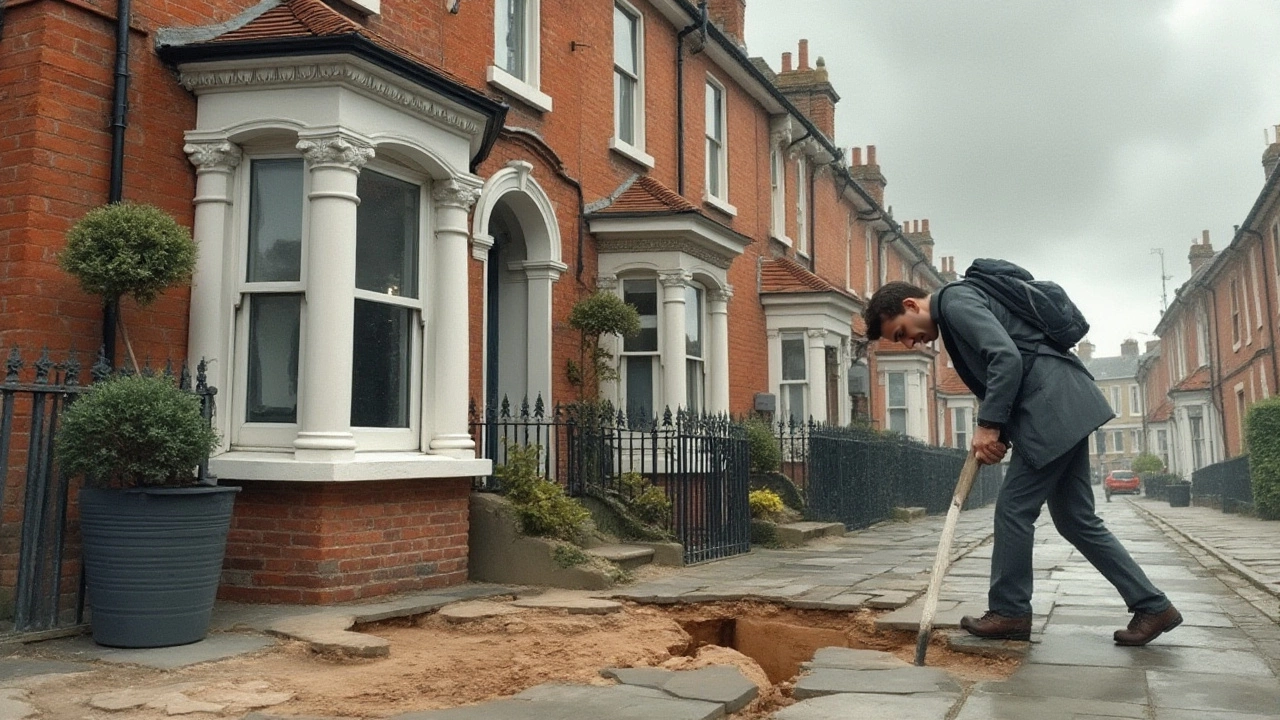Coverage Exclusions in Plumbing & Construction Projects
When you hire a plumber or a builder, you expect the work to be covered if something goes wrong. In reality, many contracts have exclusions – items that the warranty or insurance won’t pay for. Knowing these ahead of time saves you from nasty bills and arguments later on.
Common Exclusions You Should Know
First off, damage caused by normal wear and tear is almost always out of scope. Pipes that corrode over years, or a roof that ages, won’t be fixed under a standard service agreement. Second, anything that isn’t listed in the original scope of work is a typical exclusion. If you ask for an extra fitting after the job has started, you’ll likely pay for it yourself.
Third, work done in areas that are hard to access or that require special equipment can be excluded. Think of pipe work behind concrete walls – many contractors will quote a “no‑access” clause. Fourth, mistakes made by the homeowner, like using the wrong chemicals in a boiler, are usually not covered. Finally, many insurers exclude damage from natural events such as floods or earthquakes unless you have a specific add‑on.
How to Manage Exclusions and Protect Your Budget
The best way to avoid surprises is to read the contract line by line. Highlight any clause that mentions “not covered,” “excludes,” or “unless otherwise agreed.” If something isn’t clear, ask your plumber or builder to explain it in plain English. A quick phone call now prevents a big argument later.
Second, ask for a detailed scope of work before any work begins. When the list includes every pipe, fixture, and material, you’ll know exactly what’s covered. If you need extra work, get it in writing with a price attached – that way it’s not an unexpected extra later.
Third, consider a separate insurance policy for high‑risk items. For example, a flood‑prone area might need a specific rider to cover water damage that the normal policy excludes. Talk to your insurer about the exact risks you face and shop for the right add‑on.
Lastly, keep records of all communications, invoices, and photos of the work before and after completion. If a dispute pops up, you’ll have proof of what was agreed and what was actually done. This simple habit can be a lifesaver when dealing with exclusions.
Understanding coverage exclusions isn’t rocket science – it’s just a matter of asking the right questions and keeping good paperwork. Take a few minutes now to review your next plumbing or construction contract, and you’ll avoid a lot of headaches down the road.

